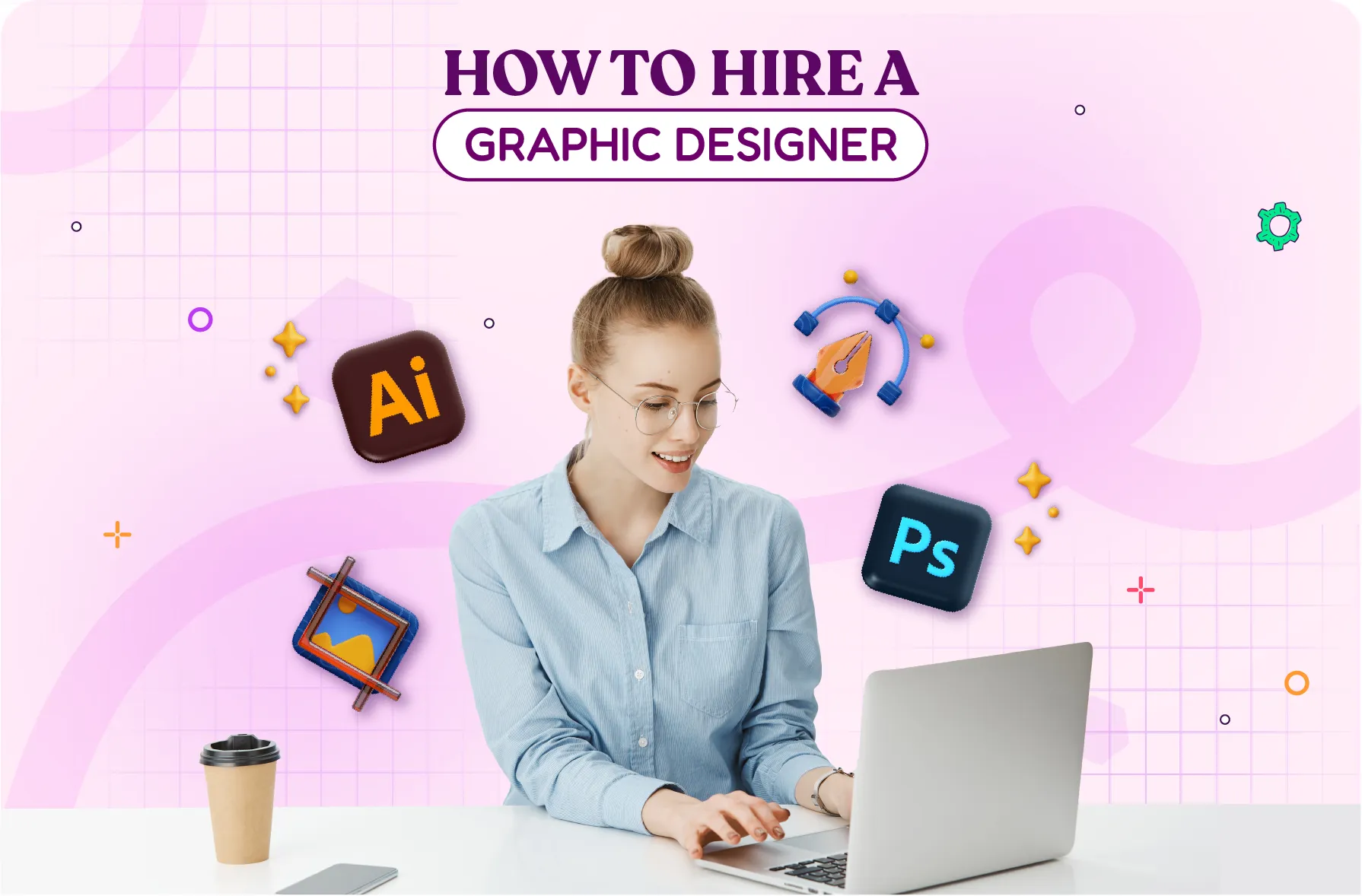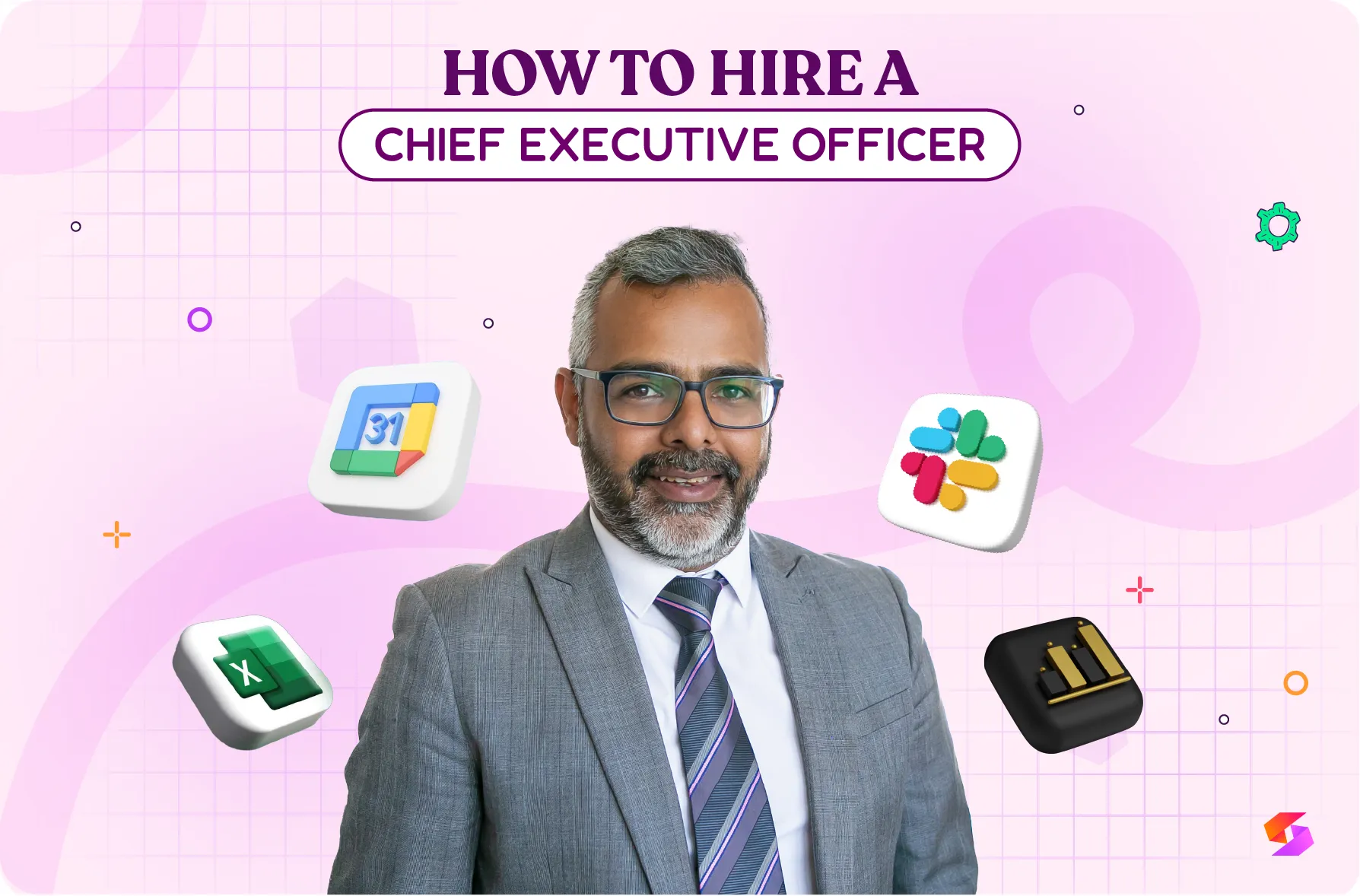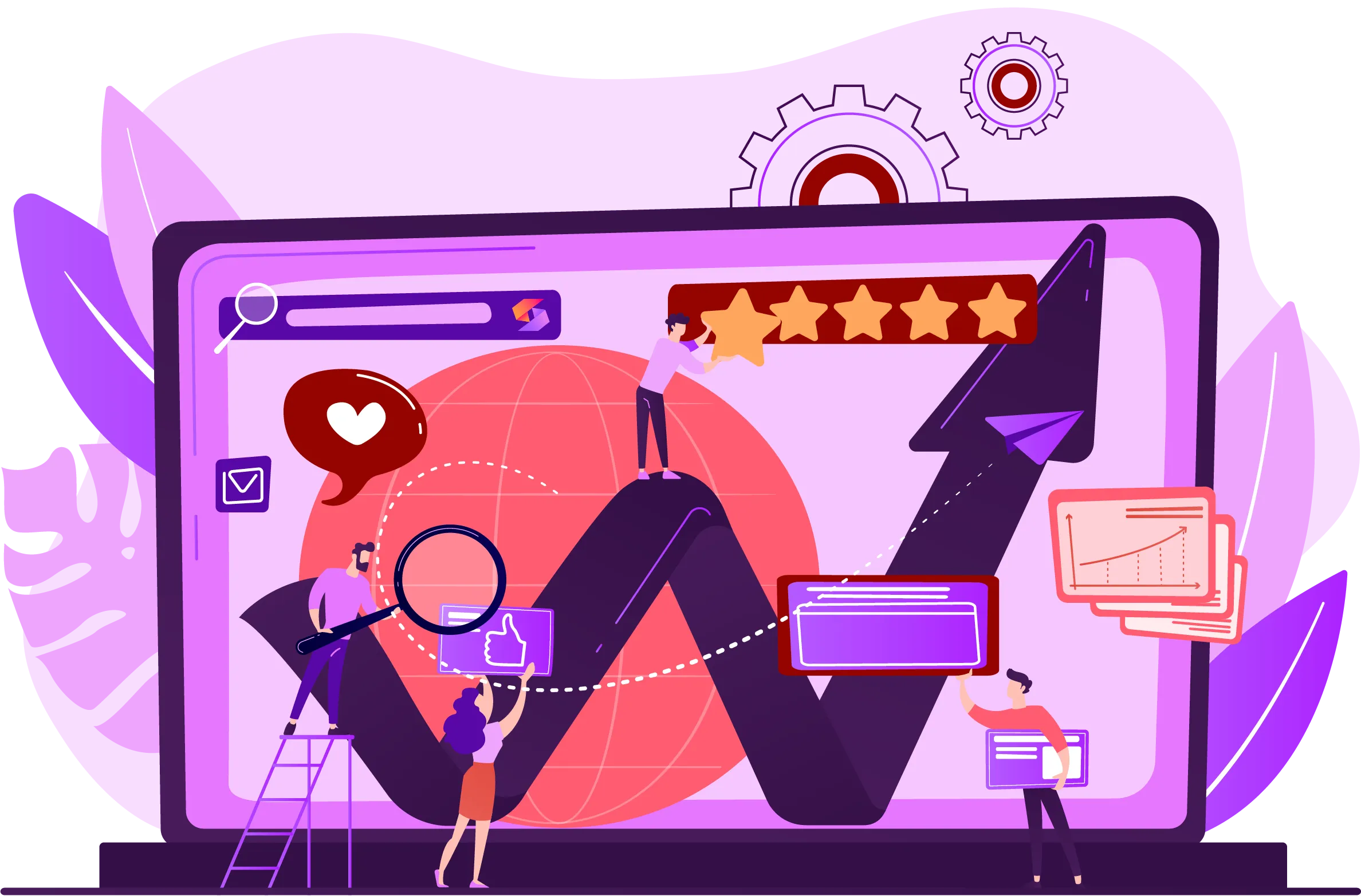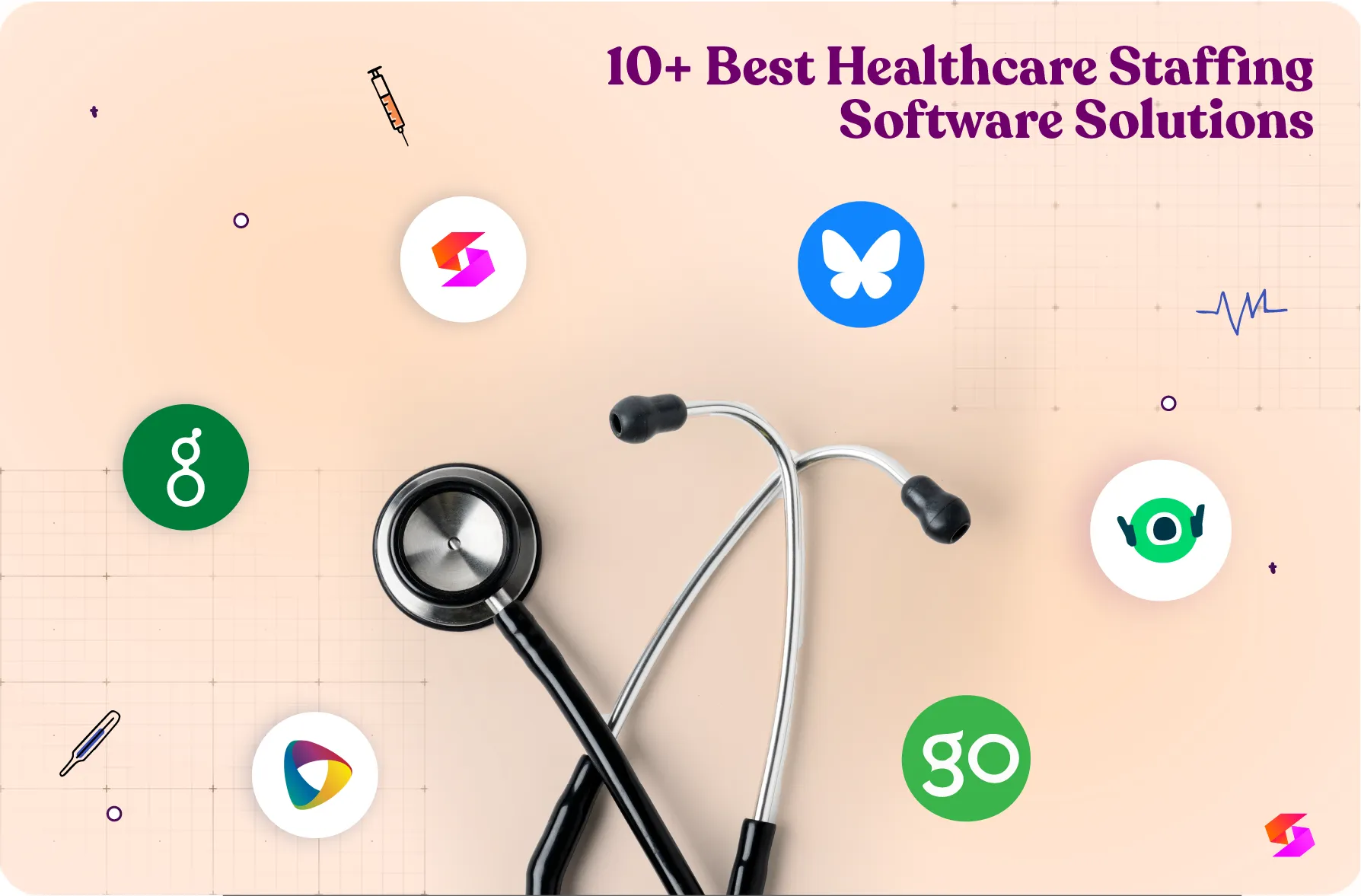Here is a structured 7-step process to hire a Graphic Designer effectively:
- Define design scope, style preferences, tools, and budget.
- Write a targeted job description and post it on design-specific boards.
- Source talent via LinkedIn, Behance, etc., and use an AI resume parser.
- Screen applications with Skima AI to shortlist top creative candidates.
- Conduct structured interviews with portfolio reviews and design tasks.
- Verify references and extend a competitive offer.
- Onboard with brand guidelines, assets, and workflow tools.
This proven approach improves design quality, reduces mis-hires, and secures creative talent faster.
Hiring the wrong graphic designer can damage your brand, slow projects, and waste months of creative work. Yet, many hiring teams skip proper skill evaluations and overlook portfolio red flags, or hire based solely on flashy visuals.
In a market where skilled designers are in high demand, you can’t afford to take chances with your brand’s visual identity.
This research-backed hiring guide is built for startup founders, marketing leads, and creative managers. From defining the role to sourcing, screening, and onboarding, here’s how to hire a Graphic Designer the right way.
7 Proven Steps to Hire a Graphic Designer
A structured hiring process helps you avoid costly mis-hires and ensures your brand’s visuals truly stand out. For businesses seeking predictable costs and consistent quality, partnering with a flat fee design service can be a smart alternative to traditional hiring. Here’s a 7-step roadmap on how to hire a graphic designer used by top recruiters to find creative talent that delivers.
1. Define Your Hiring Needs and Set a Budget
Before posting a job, get crystal clear on what you need a graphic designer to deliver. Are you looking for brand identity design, marketing collateral, UI/UX work, or ongoing creative support?
Define:
- Design scope (e.g., logos, social media creatives, product packaging, web design).
- Style requirements (modern, minimal, illustrative, corporate, etc.).
- Tools and software expertise (Adobe Creative Suite, Figma, Canva, etc.).
- Performance expectations (turnaround times, consistency, quality standards).
Once your requirements are mapped out, set a realistic budget that factors in:
- Salary or project rate benchmarked via sites like Glassdoor, PayScale, or Dribbble’s salary reports.
- Additional costs, like stock images, fonts, or creative software licenses.
Stat: In the U.S., a full-time graphic designer earns an average of $53,000 annually, but Senior Designers can command $75,000 or more.
2. Write the Perfect Job Description and Post It Online
After you know the exact requirements, write a detailed graphic designer job description to attract top candidates. Focus on outcomes and creative impact, not just a list of tasks.
A strong JD includes:
- Specific job title (e.g., “Senior Brand & Marketing Designer” or “UI/UX Graphic Designer”).
- Purpose of the role and success metrics (e.g., consistent brand visuals, improved user engagement).
- Day-to-day responsibilities (designing campaign assets, creating wireframes, preparing print files, etc.).
- Must-have skills (e.g., Adobe Illustrator, Photoshop, Figma, typography mastery) and creative style preferences.
- Benefits, salary range, and work setup (remote/hybrid/on-site).
To maximize reach, post your JD where top designers are looking for work:
- Skima AI (one-click multi-board job posting platform)
- Design-specific job boards like Dribbble Jobs, Behance Jobs, and 99designs
- Your careers page
3. Source Graphic Design Talent and Parse CVs
To find a graphic designer, don’t just wait for applications. Proactively source resumes so you can connect with top creatives before your competitors.
Here’s how to find qualified designers:
- Search your internal resume and portfolio databases in seconds with AI tools like Skima AI Search.
- Ask for referrals from marketing, product, or branding team members. They often know designers with proven skills.
- Browse Dribbble, Behance, and Instagram for designers actively posting high-quality work.
- Explore creative communities like Design Twitter, Slack groups (e.g., Designer Hangout), and Facebook groups focused on freelance and full-time design work.
Once you’ve gathered resumes and portfolios, use Skima AI’s resume parser to convert them into a structured, searchable format. It extracts skills, experience, education, socials, contact information, and more.
4. Screen Applications and Shortlist the Strongest Design Talent
Now that you have the structured resume data, the next step is identifying the designers who truly fit your needs. Screening each one manually can be slow, but tools like Skima AI Search can instantly filter and rank candidates against your criteria. It assigns a match score out of 100 with clear reasoning.
If you’re screening manually, don’t just look at job titles or years of experience. Focus on the quality, creativity, and impact of their work.
Prioritize candidates who can:
- Show measurable results (e.g., “Redesigned website visuals, increasing conversions by 25%”).
- Demonstrate consistent brand style across different media (digital, print, social).
- Have experience in your industry or with similar audiences.
- Use design to solve problems, not just make things “look good.”
5. Conduct Structured Interviews to Assess Skills
Now that you’ve shortlisted your top graphic design candidates, it’s time to connect. Use Skima AI campaigns to send personalized outreach via email, LinkedIn, or SMS. Inform them that their profile has reached the interview stage and explain what they can expect.
Skip vague “tell me about yourself” prompts. Instead, ask structured, role-specific questions that reveal how they think, create, and solve design challenges in real-world scenarios.
You can include:
- “Walk me through your process for creating a brand identity from scratch.”
- “How would you redesign one of our existing marketing materials for a new audience?”
- “Can you share a project where design choices directly impacted business results?”
Assess with:
- Practical brief test, e.g., design a social media ad or landing page banner within a set timeframe.
- Portfolio deep dive, ask the reasoning behind key visual decisions.
- Live critique exercise, present a mock-up or campaign asset, and have them suggest improvements.
Stat: Harvard Business Review reports that structured interviews are twice as effective as unstructured ones.
6. Check References and Send a Competitive Job Offer
Before finalizing your graphic designer hire, check references to validate both technical skill and collaboration style.
Ask former managers or clients about:
- Design quality and attention to detail: Were their deliverables consistently on-brand and error-free?
- Ability to meet deadlines: How well did they handle urgent requests or overlapping projects?
- Openness to feedback: Did they revise work gracefully and improve based on input?
- Collaboration: How effectively did they work with marketers, developers, or copywriters?
If the feedback matches your expectations, prepare a strong, competitive offer that reflects the value of a skilled creative:
- Fair base salary based on market benchmarks.
- Perks that matter to designers include software allowances, paid courses, or conference passes.
- Flexible work options, hybrid or remote setups, can be a big draw for creative talent.
- Define the project scope and reporting structure. This way, they will understand what success in the role looks like.
7. Onboard Your New Graphic Designer Effectively
Once your offer is accepted, proper onboarding helps your new graphic designer start strong and create impactful work straight away.
A good onboarding process lets them understand your brand, workflows, and creative expectations. This leads to better results and quicker integration.
Onboarding Checklist:
- Provide brand guidelines, style guides, typography rules, and access to your asset library.
- Share past design projects, campaign results, and feedback notes so they understand what has worked well (and what hasn’t).
- Introduce them to key collaborators, such as marketers, developers, and copywriters. This way, they will know who to work with on different projects.
- Walk them through your design review process and approval timelines.
- Set a 30-60-90 day plan.
Insight: Employees who go through structured onboarding are 82% more likely to stay long-term and 70% more productive in their first 90 days.
Now that you know the key steps of how to hire a graphic designer, it’s time to look beyond resumes and interviews. A designer’s portfolio is where their true potential shines if you know what to look for.
Portfolio Red Flags: How to Evaluate Creative Work?
A graphic designer’s portfolio is often the clearest indicator of their skills, style, and range. But a polished presentation can sometimes mask deeper issues.
Here are 5 key red flags that should prompt you to ask further questions before moving forward:
1. Lack of Variety in Style or Medium
If every project looks identical in color palette, typography, and layout, the designer may lack versatility. While having a signature style isn’t a problem, professional graphic designers should be able to adapt to different brand identities and target audiences.
Follow-up question: “Can you show examples where you worked with a completely different brand style?”
2. Over-Reliance on Templates
Stock templates can speed up work. However, if the portfolio seems full of pre-made designs with little customization, it may show a lack of original thinking. This is a concern, especially when hiring for branding or campaign-specific work that requires creativity.
Tip: Run a quick reverse image search to check for template overuse.
3. Weak Typography Skills
Typography is the backbone of visual communication. Portfolios that use bad font pairing, uneven spacing, or hard-to-read text show that the designer might struggle with hierarchy and readability. These skills are key for marketing materials and digital ads.
4. No Real-World Context or Results
A great portfolio doesn’t just show designs—it shows the problem, process, and result. If projects are presented without context, you can’t tell whether the design actually met its goals. For example, did that poster boost event attendance? Did the rebrand increase engagement?
Follow-up question: “What problem were you solving here, and what was the outcome?”
5. Missing Brand Fit
Even if the work is objectively good, it may not align with your brand’s tone or audience. A designer who excels in edgy, experimental visuals might not be the best fit for a corporate B2B company and vice versa.
Once you've screened for red flags, the next step is to put their skills to the test. The designer’s portfolio offers your clear view into their capabilities. But not all polished portfolios tell the full story.
How to Test Design Skills Before You Hire?
Hiring a graphic designer based on a great-looking portfolio alone can be risky. You need to test how they think, solve problems, follow brand guidelines, and how they handle feedback and deadlines.
By leveraging AI algorithms, businesses can gain a comprehensive understanding of their target market’s technological landscape, tailor their offerings to meet specific needs, identify emerging trends, and make real-time decisions. These insights can even influence areas like branding and packaging, helping companies design data-driven custom packaging labels that align with customer preferences and market trends.
Here’s how to effectively test a designer’s skills before making the hire:
1. Review Their Portfolio, But Go Beyond the Visuals
Start by asking candidates to walk you through 2–3 projects. Don’t just ask what they made, ask:
- What was the goal of the design?
- Who was the target audience?
- How did they measure success?
- What challenges did they face, and how did they solve them?
This reveals their strategic thinking, communication clarity, and problem-solving ability.
2. Give a Time-Boxed Design Task
Create a short, role-relevant assignment. Keep it under 3 hours of effort.
Examples:
- A social media post using your brand’s voice
- A redesign of a landing page hero section
- A packaging mockup for a new product
What to look for:
- Visual hierarchy and layout sense
- Brand alignment
- Typography, color usage, and spacing
- Creative interpretation of a brief
- Attention to detail
Avoid asking for full, unpaid projects or client-level deliverables; respect their time and effort.
3. Assess Tool Proficiency
During the interview or task review, ask:
- Which design tools do they use (e.g., Adobe Illustrator, Photoshop, Figma, Canva)
- Their preferred workflow
- How they organize files, name layers, and export assets
- You can screen-share. Then, ask them to do a quick live demo or a revision task. This helps you see their skills in real time.
4. Check Their Design Thinking & Feedback Response
Creative work is iterative. You want a designer who can take direction and improve fast.
Ask:
- “Tell me about a time you disagreed with feedback. How did you handle it?”
- “How do you respond when given vague or conflicting input?”
- During the test project, offer some constructive feedback and see how they react. Are they defensive or open-minded? Do they ask clarifying questions or guess?
These tests coachability, collaboration, and a growth mindset, crucial for long-term success.
5. Evaluate Brand Understanding
Designers must consistently produce work that reflects the brand. A good test is asking:
- “How would you describe our brand’s tone or visual identity?”
- “What would you keep and what would you change in our current creative assets?”
- If they’re serious, they’ll have researched your website, social media, and past campaigns, and they’ll show it.
Once you've assessed a candidate’s design skills and confirmed they meet your creative standards, it’s time to evaluate the investment. Hiring a graphic designer isn’t just about talent; it also involves understanding the costs involved and how to manage them efficiently.
Cost of Hiring a Graphic Designer & How to Reduce It
While in our research, we have not found the exact cost of hiring a graphic designer, the average cost of hiring an employee can range from $4,000 to $20,000+. These costs include factors like sourcing, screening, creative assessments, tools, and onboarding.
Here’s how you can significantly reduce that cost with an all-in-one hiring solution like Skima AI:
- Eliminate individual job board listings with one click and automatically distribute AI-optimized listings across high-visibility channels, saving you 30-40 hours per hire through automated resume screening and shortlisting.
- Costly assessments are replaced by built-in skill tests tailored to each specific role.
- By automating sourcing and outreach, you can reduce your dependency on external recruiters or agencies.
- The system includes a built-in ATS and analytics, which helps cut the costs of multiple software subscriptions.
- Its integrations allow seamless connections to your existing technology stack.
Skima AI speeds up your hiring process for graphic designers. It automates and improves each stage of the hiring funnel. This means you save time and cut costs of thousands in overhead and manual work.
Legal Requirements for Hiring Employees
Hiring in the U.S. involves key federal and state-level legal criteria that every employer must follow. Below are the six essential requirements:
1. Get an Employer Identification Number (EIN)
All businesses with employees must obtain an EIN from the IRS. This unique 9-digit tax identification number is required for payroll and tax reporting. You can apply for it online for free through IRS.gov.
2. Verify Work Eligibility using Form I‑9
Every employer in the U.S. must fill out Form I-9 for each new hire. This form confirms the employee's identity and their legal authorization to work.
Both employee and employer portions are mandatory, and Section 2 must be completed within three business days of the start date.
3. Report New Hires to the State
When you hire staff, federal law says you must report all new hires or rehires within 20 days. You need to send this information to the state’s “Directory of New Hires." This supports child support enforcement and unemployment systems.
4. Comply with Federal and State Labor Laws
Employers must adhere to:
The Fair Labor Standards Act (FLSA) governs minimum wage, overtime, and recordkeeping. Equal Employment Opportunity (EEO) protections.OSHA rules for workplace safety apply especially if you have five or more employees in the private sector.
5. Post Required Labor Law Notices
U.S. employers must display federal and state labor law posters in a visible workplace location. Posters include rights under wage, safety, and anti-discrimination laws. The Department of Labor provides these for free.
6. Obtain Workers’ Compensation Insurance
Most states, including California and Florida, require workers’ compensation coverage when you have employees. This insurance helps pay for medical expenses and lost wages from work-related injuries. It also protects you from liability lawsuits.
3 Best Hiring Software Top Hiring Teams Use
Top recruiters use intelligent hiring platforms to automate tasks, match candidates, and make smarter decisions. Below are three top-rated tools widely trusted by the best hiring teams in the U.S.
| S. No. | Hiring Software | Best For | Pricing | Free Trial |
| 1 | Skima AI | End-to-end AI hiring for small businesses to enterprises | $49/month per user | ✅ |
| 2 | Greenhouse | Mid to large enterprises | Undisclosed | ✅ |
| 3 | Lever | Collaborative recruiting | Undisclosed | ✅ |
1. Skima AI
Skima AI is an end-to-end AI hiring software built for recruiters who value data-driven, high-quality hiring at scale. Its in-house AI models help you streamline job posting, talent sourcing, resume parsing, candidate matching, personalized outreach, and analytics.
Plus, it is designed to integrate seamlessly with your existing ATS, payroll, VMS systems, and more. Skima AI enables teams to hire faster without sacrificing quality or increasing the learning curve.
Key Features of Skima AI:
- One-click multi-board job posting
- Accurate AI Resume Parsing
- Powerful AI Search (Trained on millions of resumes)
- AI Matching Score & Reasoning
- Custom AI Matching Models
- Local Database Search (talent rediscovery)
- Talent pipeline management
- Branded Careers Page
- Seamless Integrations to ATS, LinkedIn, Job Board, Chrome, etc.
- Enterprise Grade Security & Compliance (SOC 2)
- Advanced Analytics & Reporting
- Dedicated Infrastructure Options (Cloud, On-premises, Hybrid)
Skima AI's Impact: Teams using Skima AI report up to 40% faster hiring cycles and 2x higher-quality applicants, based on internal case studies.
2. Greenhouse
Greenhouse is a leading ATS and recruitment software. It centralises all hiring stages, from sourcing and structured interviews to onboarding and analytics.
The platform includes AI-powered tools, custom workflows, and numerous integrations. These features help companies streamline hiring and enhance decisions with data-driven insights.
Key Features of Greenhouse:
- AI-Powered Recruiting
- Talent Sourcing & CRM
- Structured Interview Management
- Diversity & Inclusion Tools
- Reporting & Analytics
- Onboarding & Candidate Experience
- Integrations
3. Lever
Lever combines an ATS with a CRM, helping hiring teams nurture passive talent just as effectively as active applicants. Its intuitive UI and automation features make it easy for recruiters and hiring managers to stay in sync.
Moreover, businesses can customize workflows to improve collaboration and decision-making. This leads to quality hires and cost savings over time.
Key Features of Lever:
- Applicant Tracking System centralizes all candidate data.
- AI Interview Intelligence provides structured interview guides.
- Recruitment analytics, such as time-to-hire, offer acceptance rates, etc.
- Recruitment tasks automation, like candidate outreach, scheduling, etc.
Summary - Start Hiring Creatives Smarter Today
A skilled Graphic Designer isn’t just about aesthetics. They play a key role in how your audience sees and remembers your brand across web, social, print, and product. Yet many teams struggle with unclear job descriptions, inconsistent hiring processes, and weak creative alignment.
This Hiring guide gave you a proven, step-by-step process of how to hire a graphic designer effectively. From writing a clear job brief to evaluating design skills and soft skills like collaboration and communication, you now have the tools to hire with confidence.
The right system helps cut hiring costs, enhance candidate quality, and create a stronger visual brand. Skima AI empowers you to do exactly that with recruiter-first AI automation. Start your 14-day free trial today and make your next design hire your best one yet.
Frequently Asked Questions
1. What are the key steps to hire a graphic designer for a startup?
Start by defining your brand needs, writing a clear job description, reviewing portfolios, testing skills, and evaluating communication. Use tools like Skima AI to streamline sourcing and screening.
2. How do I find a graphic designer who fits my brand style?
Look beyond technical skills review design portfolios, check for industry relevance, and test for brand alignment. Platforms like Dribble and Skima AI help match candidates with your visual identity.
3. What soft skills should I evaluate when hiring a graphic designer?
Prioritize collaboration, creative problem-solving, feedback handling, and time management. These skills ensure smoother project execution, especially in cross-functional teams.
4. What is the best way to source candidates when hiring a graphic designer?
Use design-specific platforms, such as Behance, or automated tools like Skima AI to source and match candidates based on their visual style, industry expertise, and collaboration skills.
5. How can I assess a graphic designer’s skills during the hiring process?
Ask for a portfolio, give a short paid design task, and evaluate their ability to follow brand guidelines. Check how they receive and apply feedback this reveals both skill and attitude.




